Animals
-
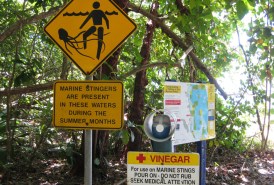 Animals
AnimalsWinds predict deadly jellyfish blooms
A change in the winds flowing over Australia’s Great Barrier Reef coincides with reports of the potentially fatal Irukandji syndrome.
-
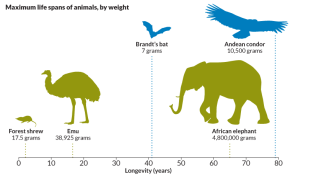 Animals
AnimalsFly more, live longer
An examination of animal lifestyles reveals that the most important factor linked to longer life is the ability to fly.
-
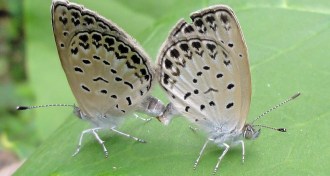 Environment
EnvironmentFukushima contamination affects butterfly larvae
Butterfly larvae fed leaves with radioactive cesium from the Fukushima nuclear disaster had a higher rate of death and development abnormalities than larvae that got leaves from a location farther from the accident.
-
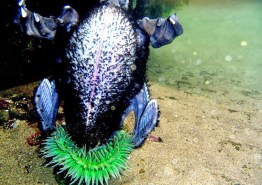 Animals
AnimalsAnemone eats bird, and other surprising animal meals
A fuzzy green anemone eating a bird many times its size shows that you can’t take anything for granted when it comes to which animals can eat each other.
-
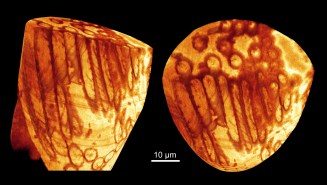 Paleontology
PaleontologyGiant 17-million-year-old fossil sperm found
Giant sperm have been found in 17-million-year-old fossilized mussel shrimp. The specimens, collected in Queensland, Australia, sport the oldest petrified sex cells on record.
-
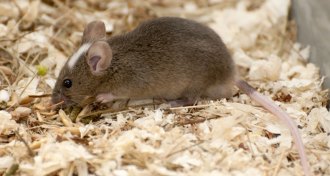 Neuroscience
NeuroscienceTo pee or not to pee
Mice recognize others’ scents through proteins in urine, suggesting that mouse pheromones produce more complex behaviors than previously thought.
-
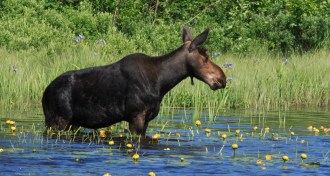 Animals
AnimalsA tale of wolves, moose and missing ice
Wolves have persisted on Lake Superior’s Isle Royale for decades, keeping moose in check, but climate change may doom the balance between the two species.
-
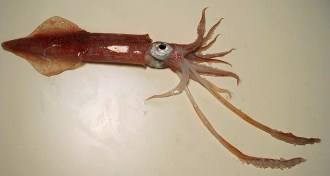 Life
LifePain may keep predators away, in squid anyway
Compared to healthy squid, injured ones start their defensive behaviors, including inking, when sea bass are farther away.
-
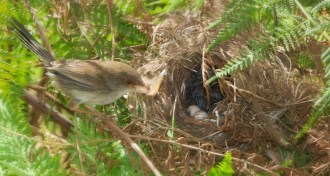 Animals
AnimalsBirds have clever solution for a cuckoo conundrum
Superb fairy wrens teach their incubating babies a password, and they become better teachers when they hear cuckoos are around.
-
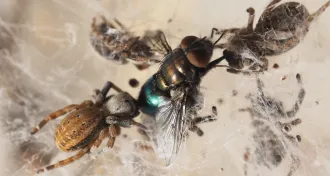 Genetics
GeneticsSpider genomes give hints about venom, silk production
The genetic codes identify new proteins that may be involved in making and turning on toxins in venom and also those used to make spider silk.
-
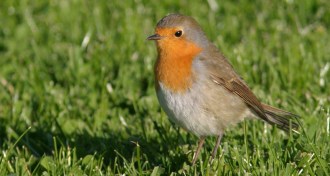 Animals
AnimalsEveryday electronics may upset birds’ compass
Weak electromagnetic waves, coming from normal university activities, interfere with European robins’ migratory orientation.
By Susan Milius -
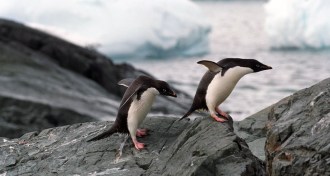 Life
LifeNew bird flu found in Antarctic penguins
Designated H11N2, the virus was found in less than 3 percent of the 301 Adélie penguins tested and the infection is asymptomatic.